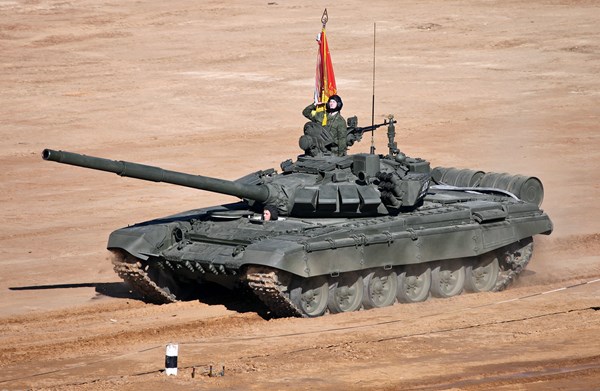
But Russian rail-operators needed those bearings, too. Yes, there were small stockpiles of ball-bearings in Russia when the wider war kicked off. Russian forces need at least 150 new or restored tanks a month just to maintain their front-line strength. It’s for that reason that Russia has struggled to make good the 2,000 or more tanks it has lost in 14 months of hard fighting in Ukraine. Workers were building or restoring most of a tank, then running out of parts.

Even after trading Sosna-Us for 1PN96MT-02s, Uralvagonzavod and Omsktransmash still were at an impasse. The ball-bearing problem might be even harder for Moscow to solve. The Kremlin has compensated for a shortage of Sosna-Us by swapping in locally-made analog 1PN96MT-02 sights that, while not as precise as Sosna-Us, at least give a Russian tank crew a fighting chance in a direct fight with Ukrainian crews. When Paris tightened its sanctions, it deprived Russian industry of the components it needs for the new tanks’ Sosna-U digital sights. A new T-72BM3 or T-90M tank requires modern optics, and those optics normally come from France. While work soon resumed, the tank industry’s longer-term prospects were dire.

After just a few weeks, Russia’s main factories for building new tanks and restoring old tanks-respectively, Uralvagonzavod in Sverdlovsk Oblast and Omsktransmash in Siberia-temporarily froze production. “Following the start of the invasion, major Western producers of bearings exited Russia and ended their sales there,” the CSIS analysts wrote. Kyiv’s foreign allies escalated their sanctions on Moscow’s strategic industries.īall-bearing imports were a top target. That changed after Russian forces rolled into northern, eastern and southern Ukraine in February 2022, triggering a wider war that has killed tens of thousands of people on both sides.


 0 kommentar(er)
0 kommentar(er)
